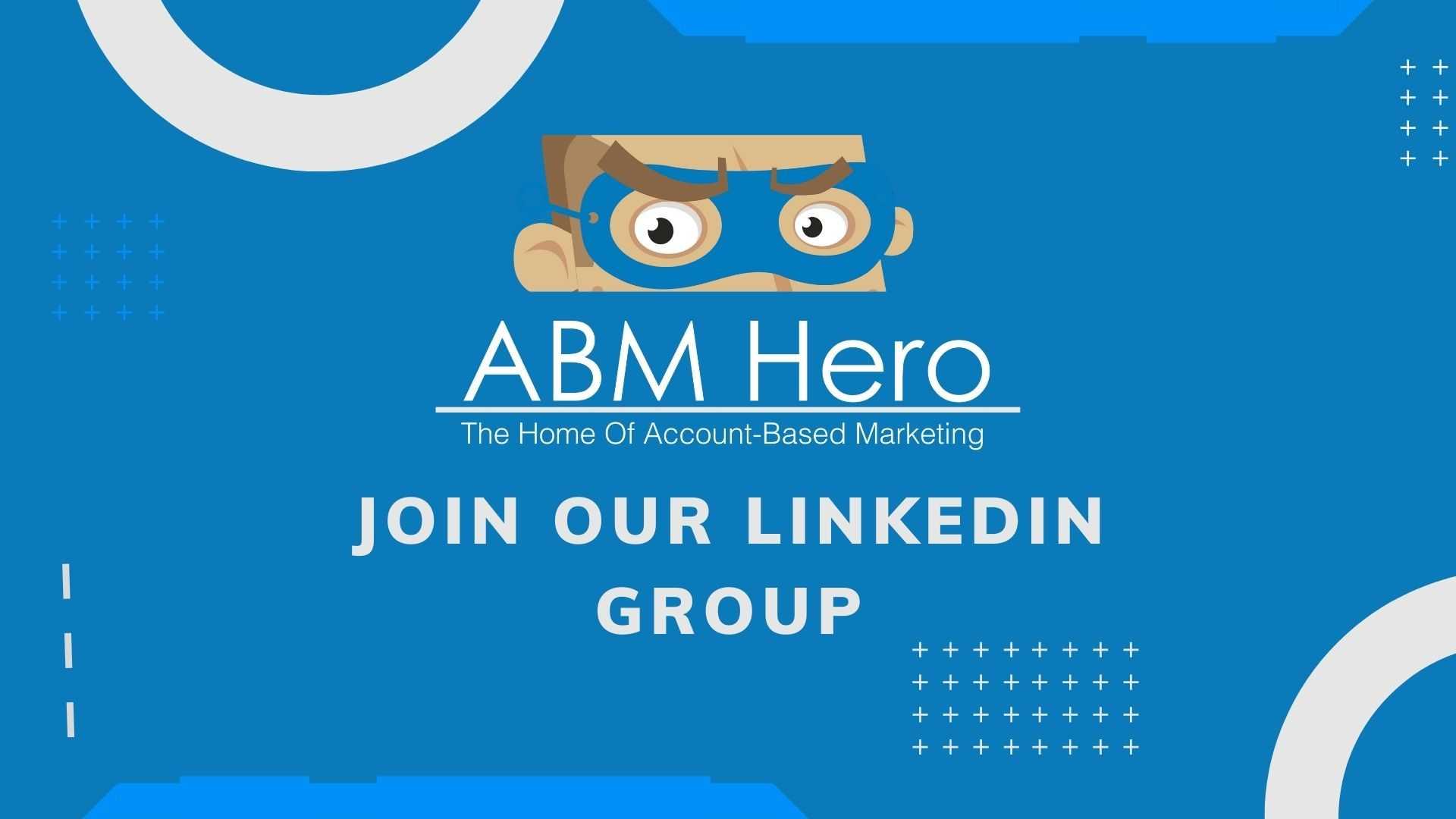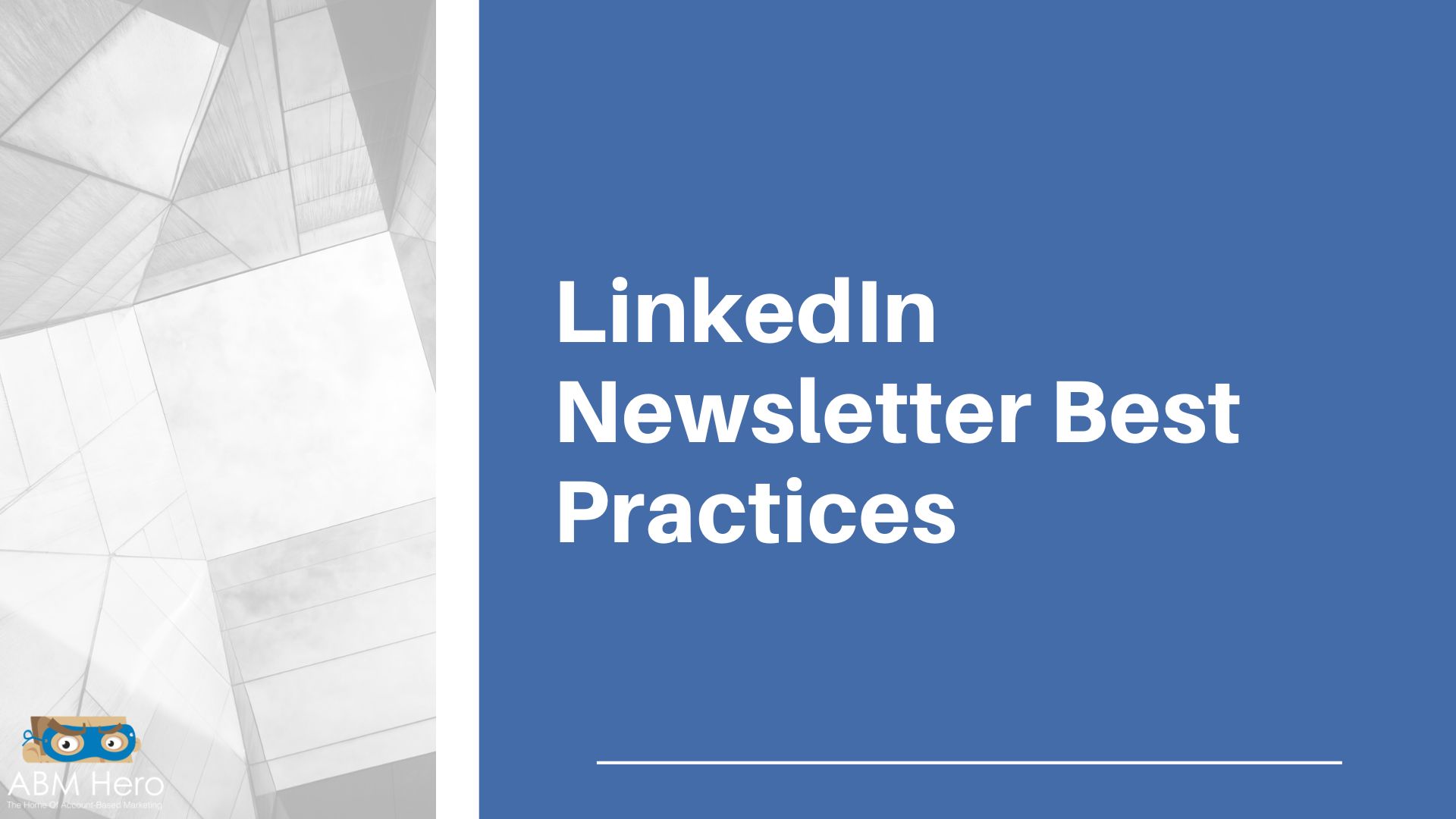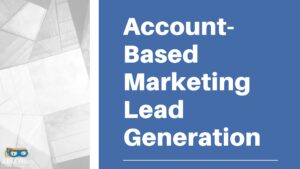LinkedIn is a powerful B2B marketing tool when used correctly. One key element to success on LinkedIn is creating and maintaining a strong LinkedIn presence for your business.
A great way to do this is by using LinkedIn newsletters. It is a great way to share news and updates about your business with your network, and it can be a very effective B2B marketing tool when used correctly.
This article will walk you through some of the best practices you can steal to craft the spot-on newsletter your audience will subscribe to.
Spark a Conversation
Newsletters can play an influential role in sparking conversations. By their very nature, newsletters are designed to be concise and to the point, making them an ideal platform for starting a conversation.
Since newsletters are sent regularly, it can help keep the conversation going by consistently providing new information and updates.
In addition, newsletters can be a great way to connect with other people who share your interests, as they provide a forum for discussion and exchanging ideas.
It seems that those who have a separate email account just for newsletters are voracious readers. Studies show that their top three motivations for signing up for mailing lists are to read the latest news (30%), gain access to exclusive content (27%), and discover new interests (22%).
Be Original
There are a few reasons why being original gives you a competitive edge when trying to earn the attention of your newsletter subscribers. For one, originality helps you stand out from the clutter.
With so much information and many newsletters competing for attention, it can be hard to get noticed. But if you can be original and produce something unique, you are more likely to capture the attention of your target audience.
Originality is essential as it shows you are passionate about your subject matter.
Being creative and coming up with new ideas and perspectives shows that you are invested in your work and always looking for ways to improve.
There are many examples of original content to use for newsletters. It can include articles, blog posts, infographics, videos, and more.
The key is finding relevant content for your audience, which will help engage them.
This content should be well-written and informative, and it should also be appealing. If you can find content that meets all these criteria, you will indeed have a successful newsletter.
Explore Syndicated Content
Syndicated content is produced by one entity and then distributed to other entities. It is done for various reasons, such as increasing the reach of the content or generating revenue from it. Syndicated content can take many forms, such as articles, videos, or podcasts.
When using syndicated content in a LinkedIn newsletter, there are a few best practices to keep in mind. First, it’s necessary to ensure that the content you’re using is high quality and relevant to your audience.
Second, you’ll want to mix up the content you’re using to keep things interesting for your readers. And finally, make sure to use syndicated content in moderation – too much of it can make your newsletter seem like a rehashed news site, and that’s not what you want.
Avoid Being Too Promotional
When sending newsletters, it is crucial to avoid being too promotional. It is because a promotional tends to be sales-oriented, and your newsletter should be about providing value to your subscribers.
If you’re too focused on your brand, you run the risk of coming across as pushy or spammy, which will turn people off and may cause them to unsubscribe.
Instead, focus on providing practical, exciting content to engage your readers and make them want to read more.
If you have promotional offers or announcements, make sure they are relevant and targeted to your audience, and include a call to action that is clear and easy to follow.
By striking the right balance between promotional and valuable content, you can ensure that your newsletters are effective and keep your audience in the loop.
Increase SEO Efforts
There are some ways to boost SEO efforts with the LinkedIn newsletter. One way is to make sure that the newsletter is full of quality content. It means the articles included in the newsletter should be well-written and informative.
Additionally, the newsletter should be designed to be appealing and easy to navigate. Another way to boost SEO efforts with the LinkedIn newsletter is to use keywords. Keywords are words or phrases that are associated with your business or industry.
By including relevant keywords in the newsletter, you can increase the chances that your newsletter will be seen by people searching for information about your industry.
Tie Your Content Closely to Your Goals
Keeping your message close to your business goals is one of the best practices you should keep in mind. Here are a few key ways to ensure that your newsletter speaks volumes to an organization’s goals.
First, ensuring that the newsletter is well-written and free of errors is necessary. It will give the organization a professional image and make the goals seem more attainable.
Second, the newsletter should be appealing and easy to read. It will make it more likely that people will read it and take the time to learn about the organization’s goals.
Lastly, the newsletter should be sent out and be consistent in its content. It will show that the organization is committed to its goals and is always working to achieve them.
When testing your audience’s reading format preferences, it is significant to consider a few key factors. One is to determine the type of content you will be presenting. It will help you to choose the most appropriate format for your audience.
For example, a more formal structure may be more appropriate if you present technical information. Or, if you offer more creative information, a less standard format may be more effective.
Another way is to offer a survey with different reading formats and ask them to choose which they prefer. You could also test other forms with a small group of people and see which design gets the most positive feedback.
Once you have determined the type of content you will be presenting, you need to consider your audience’s preferences.
Do they prefer to read long blocks of text or shorter, more concise pieces? Do they like to read on a screen or other devices?
Use marketing and analytical tools to help you pass the hurdles of doing all the guesswork.
Newsletters are one of the most powerful tools in a B2B company’s arsenal. They can help you drive results by keeping your customers and clients informed about your products, services, and industry news.
The LinkedIn newsletter can also help you build relationships and trust with your customers and clients. With the right approach, newsletters can effectively boost your B2B company’s bottom line. What are the best practices that spark a light bulb in your head? Let us know in the comments section below.





